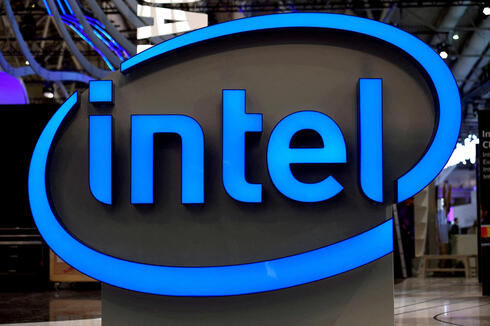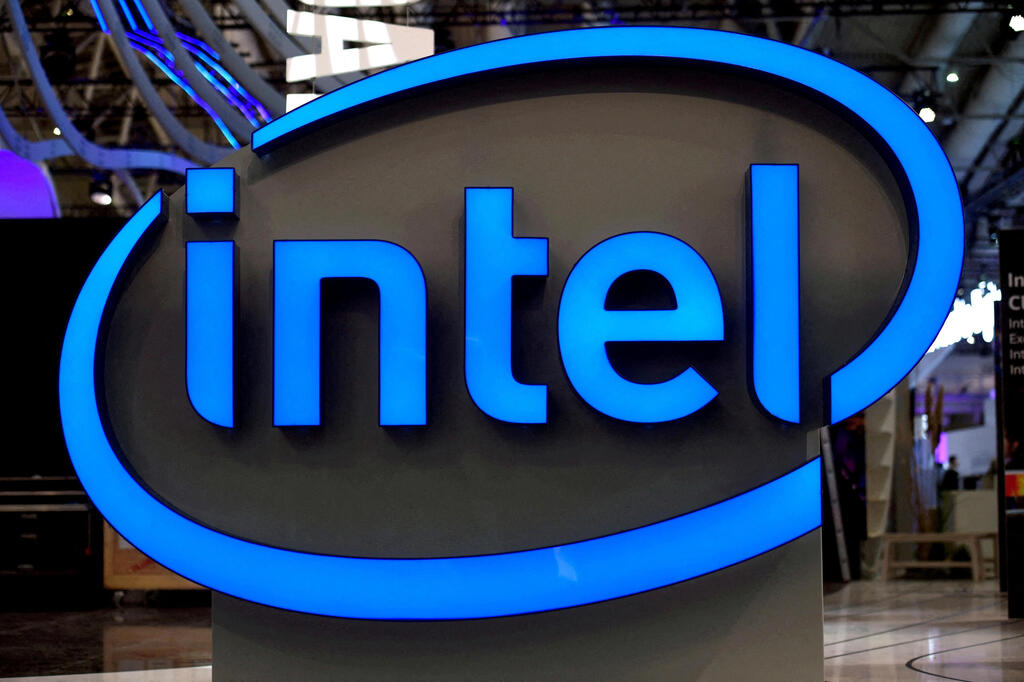
How Intel's $108 billion buyback gambit backfired—a cautionary tale for tech giants
Intel’s focus on stock price over innovation left it playing catch-up in the AI race—and tech leaders should take note.
What do Intel, Cisco, IBM, and Boeing have in common? These giants have all shot themselves in the foot and weakened their ability to compete in the market. All four neglected the tradition of investing in technological development and core business innovation, instead opting to bring immediate value to shareholders—through an addiction to share buybacks. Apple, Microsoft, Amazon, Alphabet, and Meta—take note.
A share buyback occurs when a company purchases its own shares to reduce their supply in the market, artificially raising the stock price without any corresponding increase in the company’s actual value.
Intel invested $108 billion in share buybacks between 2005 and 2020. The repurchases, which were meant to create value for shareholders without necessarily creating value for the company, didn’t pan out as expected. The shares Intel purchased in 2005 were priced at around $23, a price higher than the shares are worth today, which hover around $21. Today, the company is valued at just $90 billion, less than the total amount it spent on buybacks. In a 2021 interview, Intel CEO Pat Gelsinger said, "We will not be as focused on buybacks as in the past," when asked about the company's expenditure on buybacks compared to its investment in development. That same year, Gelsinger’s compensation package totaled $179 million, most of which was stock-based. It’s no surprise that Intel missed out on the mobile market and is now playing catch-up in the artificial intelligence space. While competitors were focusing on developing disruptive technologies, Intel spent fortunes on stock buybacks.
From 2010 to the present, Boeing invested $43 billion (104% of its profits) in share buybacks and another $25 billion in dividend distributions. During this time, Boeing, a company expected to lead the global aviation market, rewarded its shareholders with amounts exceeding its recorded profits. This strategy was adopted following a highly publicized merger in the late 1990s, when Boeing transitioned from an "engineering-focused" company to one that prioritized stock prices above all else. As a result, the company slashed costs and repurchased shares. This approach eroded employee morale, stifled innovation, and compromised production quality and safety standards.
A share buyback can benefit a company if executed when the stock price is lower than the company’s intrinsic value, as it reduces shareholder pressure for short-term profits. However, it is detrimental when performed at inflated stock prices solely to maximize immediate shareholder returns.
1. Not suited for tech companies
Intel and Boeing should have been clear warning signs, but they weren’t. Apple, perhaps the leader in share buybacks, has spent about $800 billion on them since 2012—not because its stock price was low, but as a way to reward shareholders. Apple has invested less in innovation, which, critics argue, has led to the company lagging in delivering groundbreaking products. Recent product launches, like the iPhone 16, were met with a lukewarm reception, underscoring the company’s slowdown in innovation. Some suggest this innovation gap is partly responsible for Apple’s legal entanglements over anti-competitive behavior worldwide.
Cisco, the poster child of the dot-com bubble, shows that even market leaders can fall. Once the fastest-growing company of the 1990s and the most valuable in 2000, Cisco’s stock collapsed along with the broader market. Despite being a profitable company with strong business fundamentals, Cisco diverted its resources away from development and into stock buybacks. Between 2002 and 2019, the company spent about $129 billion on buybacks—more than it spent on research and development. This policy weakened its competitiveness, and over the last five years, its stock price has risen only 6%, compared to a 100% rise in the S&P 500 index over the same period.
History shows that excessive efforts to please shareholders often clash with the core business of tech companies, which rely on R&D and innovation. While the food sector may not require constant innovation—a burger chain will always be a burger chain—the tech industry is highly dynamic. A company can lose its competitive edge much faster than anticipated.
Consider Tesla as an example. Elon Musk’s electric car company doesn’t engage in massive buybacks because it’s simply not profitable enough to do so. However, Musk is constantly diluting shareholders while aggressively consolidating his control over the company. He fought for five years to secure a personal compensation package worth $50 billion in stock and eventually won. But during that same period, Tesla failed to announce a single new car model. As this battle peaked in late 2023, Tesla officially lost its position as the world leader in car deliveries to Chinese rival BYD. Somewhere along the way, focus was lost.
2. The cycle of destruction
Innovation isn’t stifled solely by diverting cash to raise stock prices; it’s also suffocated by the cycle of “creative destruction,” which major tech giants participate in. Alphabet, Meta, Amazon, and Microsoft have become notorious for buying startups before they become competitive threats. Rather than creating innovation, they purchase it.
Meta is a prime example, having added WhatsApp and Instagram to its portfolio. Before acquiring Instagram, Mark Zuckerberg wrote that if startups like it were allowed to "grow to scale," they could be "very disruptive to us." The list of acquisitions is long, but if we focus on today’s hottest market—artificial intelligence—we see the same pattern. Google acquired DeepMind, Microsoft poured $13 billion into OpenAI, and Amazon invested $4 billion in Anthropic, OpenAI’s primary competitor.
This strategy is a major reason why, in the last decade, no new tech giant has emerged alongside the existing titans. It’s not that Meta, Alphabet, Apple, Microsoft, or Amazon are invincible or unmatched in innovation—it’s that they simply buy all potential threats, sometimes integrating the innovations, and sometimes eliminating them.
With their massive market shares, these giants have little incentive to innovate or disrupt their existing product pipelines. As long as these pipelines generate enough cash to satisfy shareholders with dividends, why should they care? Intel, Cisco, and even Boeing should be warning signs for today’s tech giants: no company is immune. Though these companies are at the top today, growth-stifling strategies can quickly lead to a death spiral. As the financial strategies of these giants become more extreme and serve narrower interests, they become more vulnerable: they lose competitive advantages and invite stricter regulatory scrutiny.















